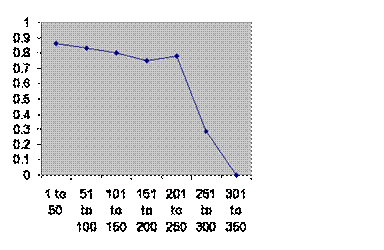


CVD206 is an eae mutant of E2348/69 constructed using a suicide vector with a pir-dependent R6K replicon and the sacB gene of Bacillus subtilis ( 16). Since Per (plasmid-encoded regulator) regulates bfp expression, this strain expresses BFP at lower levels than E2348/69. The plasmid pOG127 (pMAR2 plasmid with a perA:: cat mutation) was transferred to strain JPN15 to generate E2348/69(pOG127). JPN15 is an E2348/69 derivative cured of plasmid pMAR2 during passage through a volunteer ( 27). 31-6-1(1) is a previously described mutant of E2348/69 with a Tn phoA insertion in the bfpA gene of the pMAR2 (60 MDA virulence plasmid from E2348/69) plasmid ( 14, 15). The characteristics of bacterial strains used in this study are listed in Table Table1. In this study, we demonstrate a role for BFP in the induction of cell death, including apoptosis, in host epithelial cells.īacterial strains and cultivation conditions. However, the bacterial structures responsible for the triggering of these cell death pathways have not been identified. Evidence of both apoptosis and necrosis has been observed. Recently, we and others have reported that EPEC also induces cell death in cultured epithelial cells ( 2, 3, 11). EPEC also synthesizes and translocates into the host cell a protein known as translocated intimin receptor (Tir), which after tyrosine phosphorylation permits intimate attachment through the bacterial protein intimin ( 41). Nevertheless, studies with volunteers who have ingested BFP-expressing and non-BFP-expressing EPEC strains have confirmed BFP as a virulence factor ( 5).Īttachment of EPEC to the host cell is accompanied by a number of signal transduction events, including release of inositol triphosphate and calcium, phosphorylation of myosin light chain, and activation of protein kinase C ( 10, 18). Recent studies with pediatric intestinal biopsy samples have minimized the role of BFP in host adhesion and have alternatively implicated BFP in the formation of bacterial aggregates which produce the localized adherence pattern typical of EPEC infection ( 25). More intimate attachment, characterized by the development of attaching and effacing (A/E) lesions of the brush border microvilli, is encoded in a chromosomal region termed the locus of enterocyte effacement (LEE) ( 32). The initial adherence phenotype, characterized in tissue culture assays as localized adherence, is associated with the production of plasmid-encoded type IV fimbriae known as bundle-forming pili (BFP) ( 15, 21). Research using cultured epithelial cells indicates that EPEC attaches to host cells initially in a loose manner and then consolidates attachment in a more intimate manner ( 17). These results indicate a direct correlation between BFP expression and induction of cell death, including apoptosis, an event which may involve the targeting of host cell membrane phosphatidylethanolamine.Įnteropathogenic Escherichia coli (EPEC) associated with severe infantile diarrhea represents a major health problem among infants, particularly in developing countries ( 37). Strains which did not express BFP induced significantly less cell death, including a bfpA disruptional mutant of E2348/69, EAF plasmid-cured E2348/69, HB101, and HB101 complemented with the locus of enterocyte effacement pathogenicity island. The extent of cell death was significantly greater for BFP-expressing strains, including E2348/69, a wild-type clinical isolate, as well as for a laboratory strain, HB101, transformed with a bfp-carrying plasmid. Analysis of phosphatidylserine expression, internucleosomal cleavage of host cell DNA, and morphological changes detected by electron microscopy indicated evidence of apoptosis.

BFP-expressing strains killed all three cell lines tested, comprising HEp-2 (laryngeal), HeLa (cervical), and Caco-2 (colonic) cells. We investigated the role of BFP in the ability of EPEC binding to kill host epithelial cells. The bundle-forming pilus (BFP) of EPEC is an established virulence factor encoded on the EPEC adherence factor plasmid (EAF) and has been implicated in both localized adherence to host cells and bacterial autoaggregation. Infection with enteropathogenic Escherichia coli (EPEC) is a major cause of severe infantile diarrhea, particularly in parts of the developing world.


 0 kommentar(er)
0 kommentar(er)
